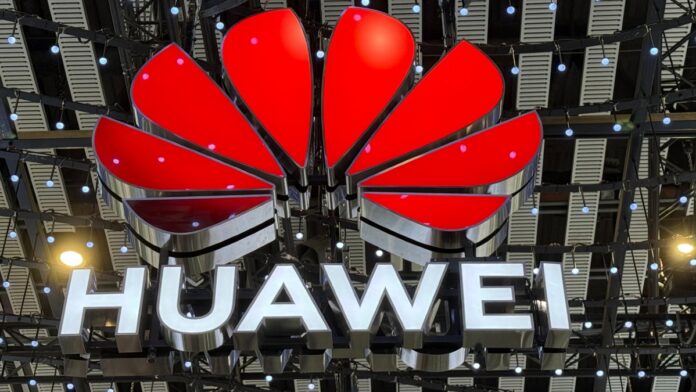Huawei believes that the transition from 5G to 5G-A offers a significant opportunity to unlock new value in both consumer and enterprise markets
In sum – what to know:
User experience Is monetizable – Huawei’s James Chen says 5G-A technology enables differentiated consumer offerings like high-speed uplink tiers, already monetized by Chinese carriers for live streaming and video.
Network slicing for enterprise growth – Customized service delivery via network slicing is unlocking new sources of revenue from verticals such as logistics, manufacturing and smart campuses.
AI and efficiency drive value – AI-powered network management and energy-efficient infrastructure improve cost control while enhancing the monetization potential of 5G-A services.
SHANGHAI – Telecom operators should accelerate efforts to turn 5G-Advanced (5G-A) networks into new revenue streams by focusing on differentiated user experiences, network slicing for industries and artificial intelligence (A)I-powered optimization, according to James Chen, president of Huawei’s carrier business group, during a session on 5G monetization at MWC Shanghai 2025, which took place last week in the Chinese city.
During his presentation, the Huawei executive stressed that the transition from 5G to 5G-A offers a significant opportunity to unlock new value in both consumer and enterprise markets. However, Chen noted that success will depend on operators’ ability to build differentiated user experiences, target vertical industries and deliver consistent service quality.
“Network experience is becoming a key driver of monetization,” he said, pointing to recent practices in the Chinese market, where domestic carriers have begun offering tiered service packages based on experience metrics such as latency and upload speeds, which is particularly relevant in scenarios like HD video calling and cloud-based mobile gaming.
The executive also cited specific consumer use cases where 5G-A technology is already proving to be monetizable by operators. In China, for example, telcos have started bundling high-speed uplink experiences for short video creators and live streamers. “These users are willing to pay more for guaranteed performance,” Chen explained.
For use cases in the enterprise segment, the executive highlighted the growing demand for network slicing, which enables customized service levels for different industrial applications. In this particular field, the executive added that Huawei is currently working with operators on campus networks, which is already generating new revenue streams. Also, in sectors such as manufacturing and logistics, 5G-A capabilities — like deterministic latency and high uplink throughput — are supporting smart factory deployments and remote inspections, Chen added.
“Innovation at the application layer must be matched by network differentiation,” Chen said, stressing the importance of aligning service-level agreements with new monetization models. He mentioned that Huawei is helping operators deploy “experience-oriented” operations platforms that integrate user insights into network planning and product design.
Another pillar of Chen’s message was the role of AI in maximizing 5G-A monetization. He described how AI can help optimize spectrum allocation, predict traffic hotspots, and improve power efficiency which help reduce operational costs and improving service availability.
The executive also highlighted the importance of sustainability in monetization efforts by telcos. “Energy-efficient networks not only lower cost but are becoming key selling points for enterprise clients concerned about carbon footprints,” he said.
Concluding his speech, Chen called on global operators to act quickly: “The 5G-A window is open. Those who lead in innovation and monetization will define the next decade of telecom.”
During MWC Shanghai 2025, Huawei chairman Eric Xu laid out a roadmap to accelerate telecom growth, urging operators to adapt to shifting user behaviors and fast-evolving demand driven by 5G-A, artificial intelligence and high-definition video. In his speech, Xu said revenue growth is stagnating in mature markets, with basic consumer needs largely satisfied and a surplus of infrastructure investment.

